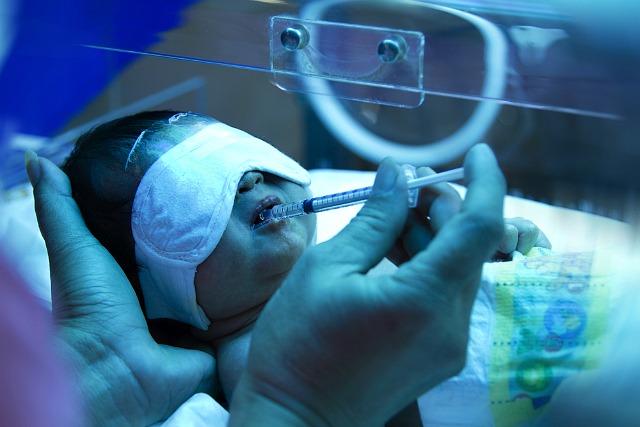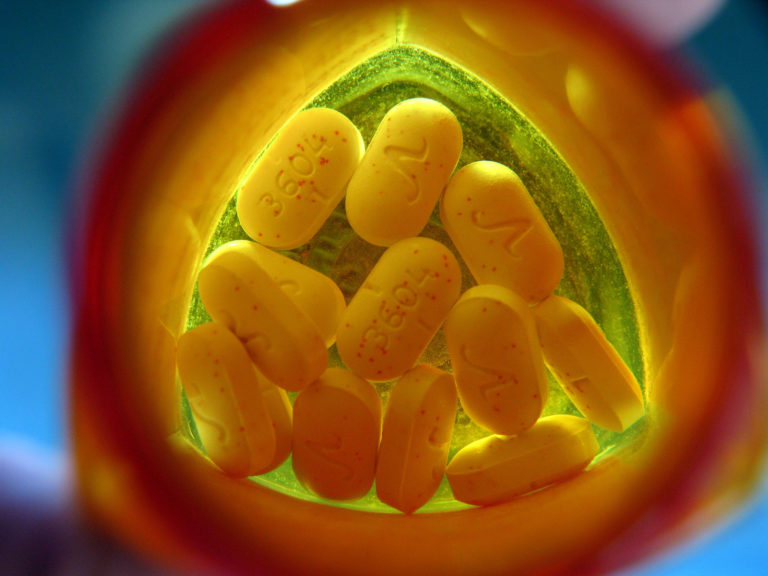The Opioid Crisis in the United States

It’s likely that President Trump was influenced by an interim report that was presented to him last week by the Commission on Combating Drug Addiction and the Opioid Crisis, which compared the nation’s overdose death toll to the toll that resulted from the terrorist attacks on 9-11: “With approximately 142 Americans dying every day, America is enduring a death toll equal to September 11th every three weeks,” the commission’s interim report noted. And the commission urged the president to declare a national emergency under either the Public Health Service Act or the Stafford Act.
According to the Centers for Disease Control (CDC), “In 2009, 1.2 million emergency department (ED) visits (an increase of 98.4 percent since 2004) were related to misuse or abuse of pharmaceuticals, compared with 1.0 million ED visits related to use of illicit drugs such as heroin and cocaine. Prominent among these prescription drugs—related deaths and ED visits are opioid pain relievers (OPR), also known as narcotic or opioid analgesics, a class of drugs that includes oxycodone, methadone, and hydrocodone, among others.”
What caused that kind of explosive growth over those 15 years? The FDA and TV advertising. In 1997, the FDA rules governing pharmaceutical advertising changed. The FDA allowed TV ads to name both the drug and what was for, while only naming the most significant potential side effects. After that, the number of TV ads exploded. An NPR story from 2009 detailed the ongoing phenomena in an article titled, “Selling Sickness: How Drug Ads Changed Health Care.” According to the article, “The Nielsen Co. estimates that there’s an average of 80 drug ads every hour of every day on American television. And those ads clearly produce results: ‘Something like a third of consumers who’ve seen a drug ad has talked to their doctor about it,’ says Julie Donohue, a professor of public health at the University of Pittsburgh who is considered a leading expert on this subject. ‘About two-thirds of those have asked for a prescription. And the majority of people who ask for a prescription have that request honored.’ ”
Read the full article at Huffingpost.com




